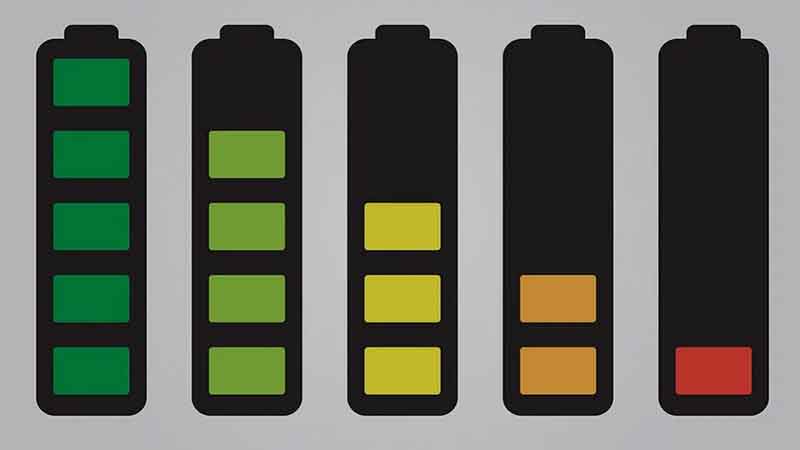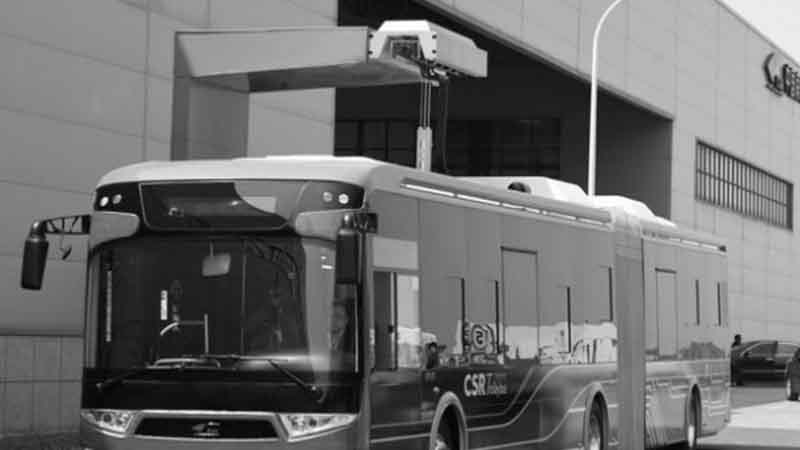China started to use Graphene Supercapacitors in 2015. This country uses the device to support public transportation. Nowadays, people can enjoy e-buses or Capa buses because of this improvement. China uses two different graphene supercapacitors, which are the 2.8V 30000F and 3V 12000F graphene supercapacitors. Let’s learn the details of the device.
Fast Charging Electric Bus in China
Buses with Graphene Supercapacitors are well-known as one of the fastest charging electric buses in China. Bus drivers only need to charge the bus for one minute. Indeed, it is faster than vehicles with a lithium-ion battery. The charging process of a lithium-ion battery takes a few hours until it is fully charged. That’s why the Capa bus is known as the fastest charging electric bus in China. The best part is that passengers don’t have to wait for too long only because of the charging process.
Better Performance
The e-buses with supercapacitors in China show good improvement in its performance. A bus with a lithium-ion battery can run up to 3 km. A bus with a supercapacitor can run up to 6 km, whereas a bus with supercapacitors and lithium-ion batteries can run up to 10 km. The supercapacitors help the e-bus to run up to 10 hours.
Energy-Saving and Environmentally Friendly
The e-buses are not only showing good performance and fast charging time but also energy-saving and environmentally friendly. The e-buses with supercapacitors and lithium-ion batteries use low power. The buses can run up to 10 hours, although it uses low power. Indeed, this bus becomes an environmentally friendly vehicle. It reduces the emission level than the previous bus generation.
Read also:
- Top 5 Best Ultra/Super Capacitor (Battery less) Jump Starters
- The Difference Between Battery VS Supercapacitor
Cost-Effective
Graphene supercapacitors are cost-effective compared with traditional devices. Traditional devices often use scarce materials. The manufacturers also use expensive metal indium to support the performance of the device. Graphene supercapacitors are using less expensive materials. Those materials are also easy to find. The most important thing is that users still get high-quality devices to achieve their goals. Just like the e-bus in China, this bus is successfully helping transportation in China to achieve its goal to create effective and environmentally friendly public transportation.
It seems that China wants to continue the project due to the successful application of supercapacitors in a bus. It will be great if other vehicles such as bicycles, cars, trains, and other electronic devices are using supercapacitors to improve its performance significantly without harming the environment.



